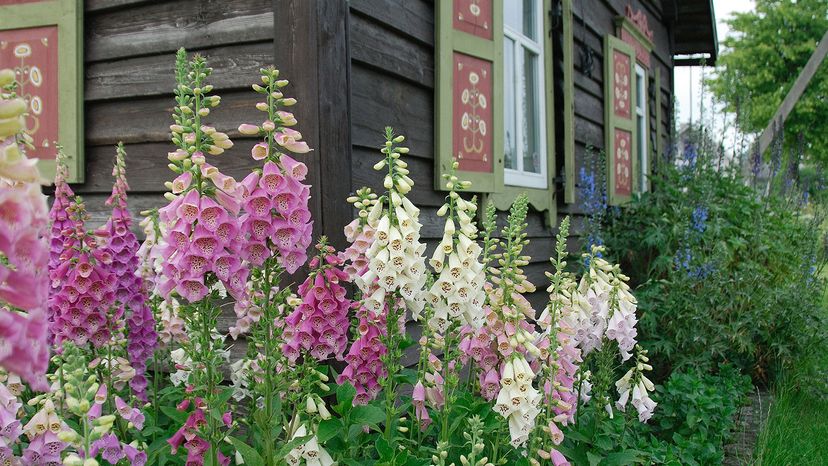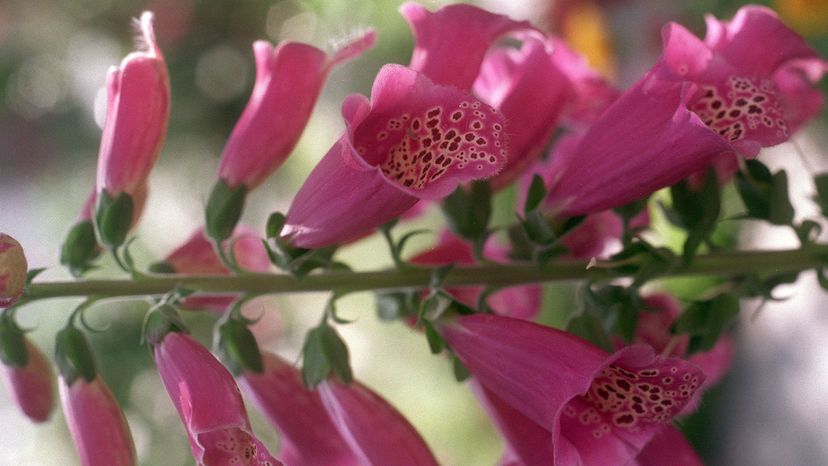
Take a stroll through the well-tended gardens of Europe in the spring and you'll likely see scores of the bell-shaped, foxglove flower (scientific name Digitalis purpurea). Typically purple, these enchanting blooms can appear with white flowers, pink flowers, and yellow flowers. But their beauty masks a sinister truth — they're poisonous as all get-out.
Foxglove flowers are now grown in many other places around the world, although they originally hail from Europe. The USDA even considers it an invasive plant in the Pacific Northwest [source: USDA]. The name of this dastardly, but lovely, plant likely comes from the Anglo-Saxon word "foxes glofa" (meaning the glove of the fox) because original admirers thought the flower resembled the fingers of a glove [source: Cornell]. It's also thought to be tied to an Irish legend in which foxes would put the flowers on their feet to muffle the sound of their steps.
Advertisement

